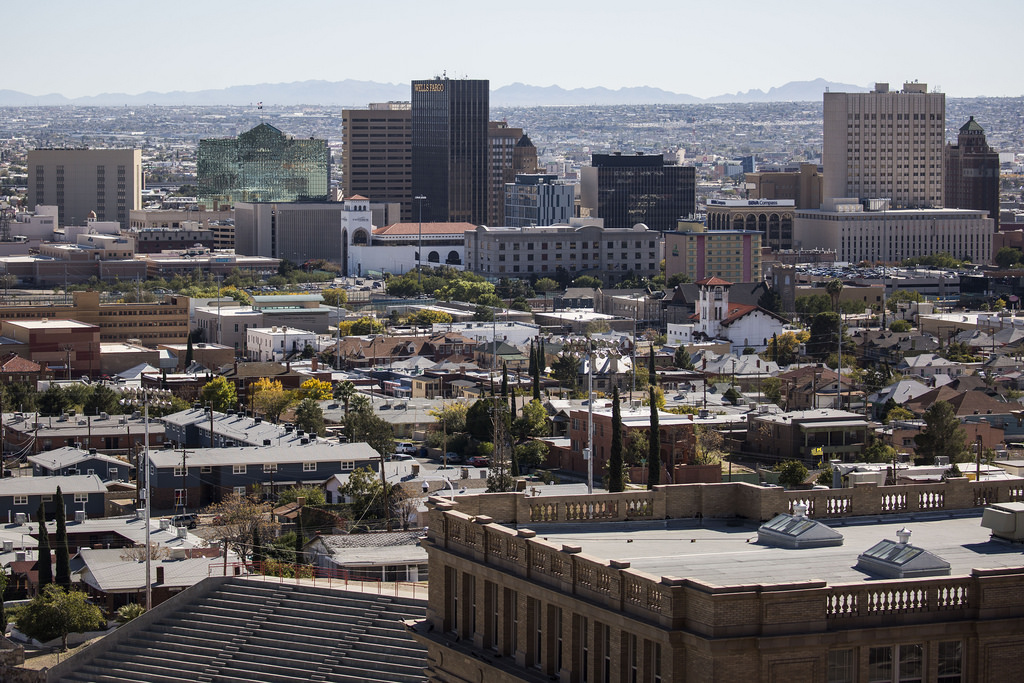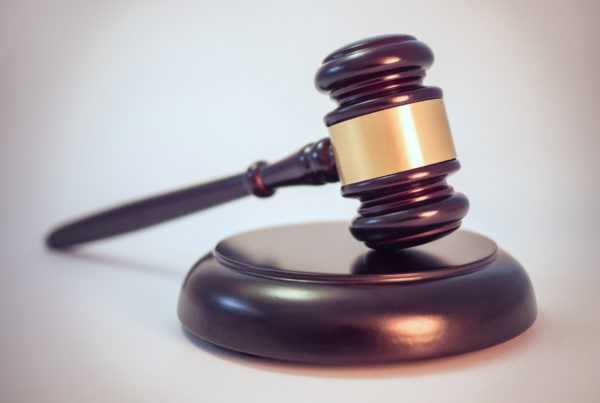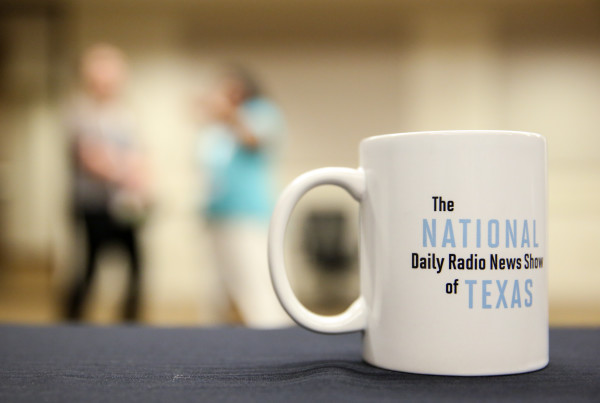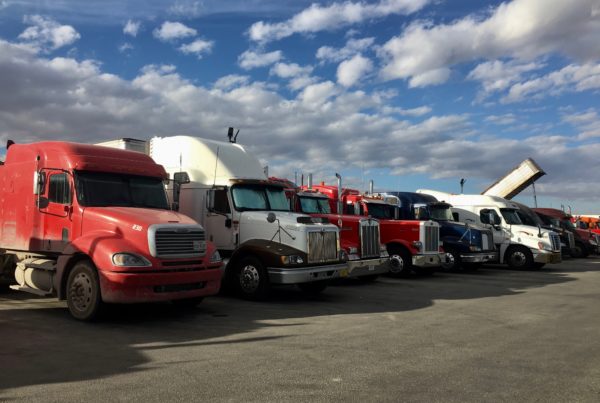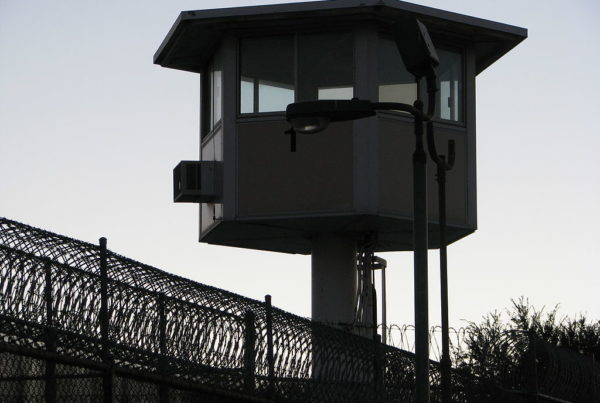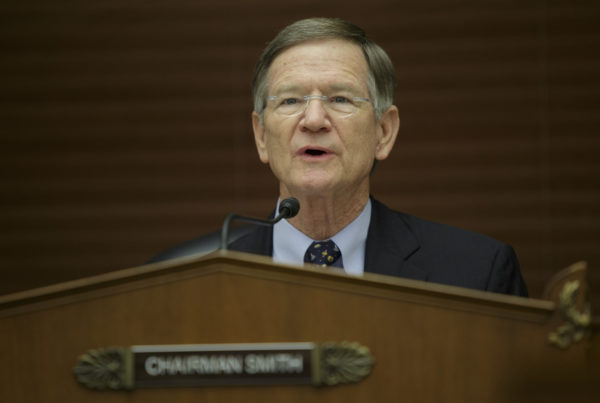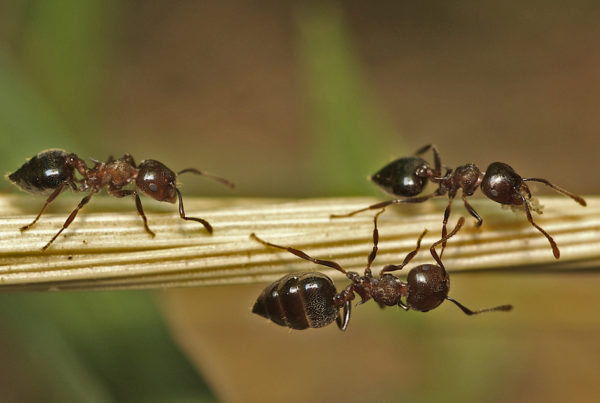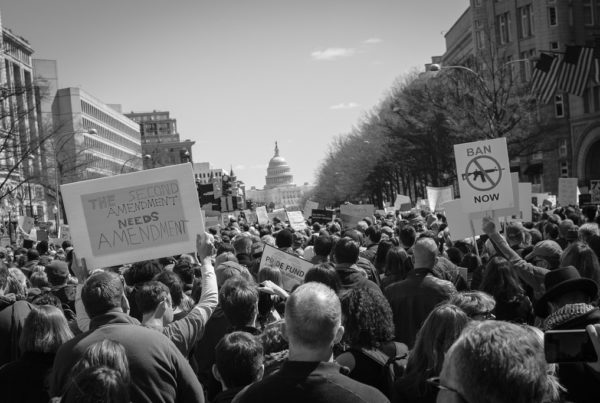El Paso has become one of Texas’ hottest cities in recent months, which is no doubt due, in part, to the attention Senate candidate Beto O’Rourke drew to his hometown during the midterm election. But that’s not the only reason. City leaders have been revitalizing El Paso’s downtown to make it more of a magnet for millennials, tourists and businesses. But this renaissance has also caused growing pains.
Historians and preservationists are trying to protect the Duranguito neighborhood – described as the “birthplace” of El Paso – from the wrecking ball, as plans move forward to build a new multipurpose arena there.
Evan Thompson is executive director of Preservation Texas, and says Duranguito has modest, one- and two-story buildings that represent the “architecture of everyday people” in El Paso. But Thompson says many of Duranguito’s buildings are already gone.
“Much of it has been lost already,” Thompson says. “About half of the neighborhood is surface parking lots, but those buildings that remain tell some important stories about the diverse history of El Paso from its very beginning.”
Few residents remain in Duranguito.
“A lot of people have been moved out of the neighborhood,” Thompson says. “There are only a handful of people still left.”
Thompson says the city now owns most of the buildings, which are close to the city’s downtown. He says surveyors recently recommended that the buildings be on the National Register of Historic Places.
“They’re integral to the wider sphere of downtown El Paso,” Thompson says.
He says that’s because El Paso has so many intact, historic buildings. So, demolishing Duranguito would erase a part of the city’s architectural history.
“When you lose a piece of it … and replace it with a large, new building, it disrupts the entire sense of completeness of the downtown area,” Thompson says. “The idea that the city is a mix of neighborhoods, a mix of people, a mix of ethnic history.”
Thompson says if the arena project moves ahead, El Paso would lose its last-remaining building that housed a Chinese-owned laundry around 100 years ago.
“Chinese laborers came and helped to build the railroad that made El Paso possible. This is the last landmark that’s left from that community in this neighborhood,” Thompson says.
Thompson says the city can still evolve while preserving its historic places. El Paso has already been renovating old buildings, and he says the businesses that now occupy those buildings are drawing more people downtown. As for the arena, he says it’s just a matter of finding a suitable place for it that doesn’t involve razing historic buildings.
“From a preservation-planning perspective, it’s about: What is the best location for that building?” Thompson says.
Written by Caroline Covington.


